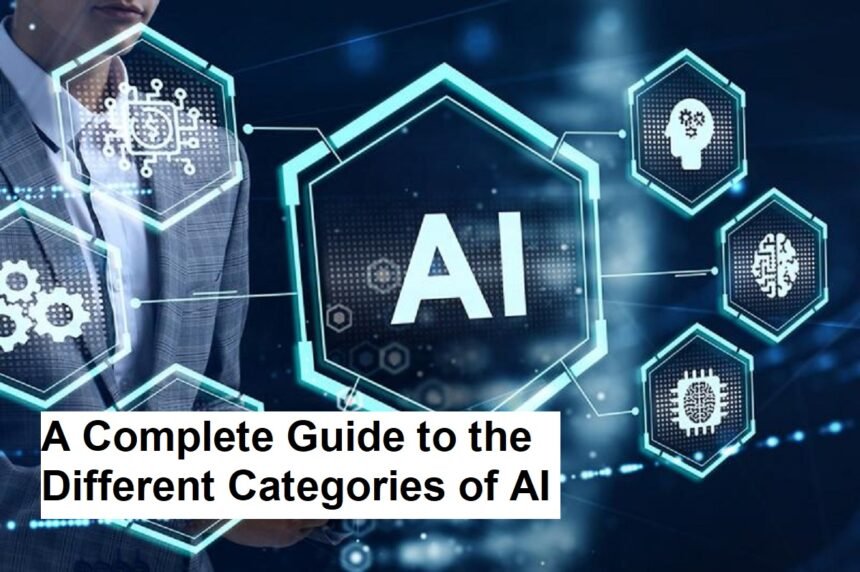Introduction
Artificial Intelligence (AI) has become a central part of modern technology, transforming how we live, work, and interact. But AI is not a single, monolithic entity; instead, it encompasses a range of systems and capabilities that can be categorized into different types. Understanding these various categories helps us grasp the full scope of AI and its potential applications. Here is a comprehensive overview of each type of AI.
Narrow AI (Weak AI)
The most common form of AI today is Narrow AI, also known as Weak AI. These systems are designed to perform specific tasks and operate within a limited scope. Examples include virtual assistants like Siri or Alexa, recommendation systems used by Netflix or Amazon, and spam filters in email services.
Narrow AI systems are highly effective at performing the particular functions they are programmed for but lack consciousness, understanding, or genuine intelligence. They do not possess awareness or general reasoning skills — they simply analyze data and follow predefined algorithms. Their capabilities are constrained to their designated tasks, which means they cannot adapt beyond their programming or handle the kinds of problems that require general intelligence.
General AI (Strong AI)
In contrast to Narrow AI, General AI, also called Strong AI, refers to systems with the ability to understand, learn, and apply intelligence across a wide range of tasks, similar to human cognition. These AI entities would be capable of reasoning, problem-solving, and decision-making in unfamiliar situations, showing adaptability akin to human intelligence.
Currently, General AI remains a theoretical concept and has not yet been developed. It represents the ultimate goal for many researchers—creating machines that possess consciousness and an understanding of the world comparable to humans. If achieved, General AI could transform industries, enabling machines to perform any intellectual task that a human can do.
Artificial Superintelligence (ASI)
Even more speculative than General AI is Artificial Superintelligence (ASI). This form of AI would surpass human intelligence in almost every field, including creativity, problem-solving, and social intelligence. ASI could potentially improve and evolve itself, leading to rapid advancements that are difficult to predict.
The concept of ASI triggers significant ethical and safety debates. Many experts worry about the risks associated with creating an intelligence that exceeds human capabilities, including the possibility of losing control over such a system. It remains a futuristic goal and a subject of philosophical and technical discussions.
Types Based on Capabilities
Beyond these broad categories, AI can also be classified based on its capabilities in more specific terms.
- Reactive Machines: These are the simplest forms of AI systems. They react to inputs based on pre-programmed rules without storing past experiences or learning from them. An example is IBM’s Deep Blue, the chess-playing computer that defeated world champion Garry Kasparov. It evaluates moves and makes decisions but doesn’t learn from previous games.
- Limited Memory: These AI systems can learn from historical data or past experiences to inform current decisions. Most modern AI, including self-driving cars, works with limited memory, where past observations are stored temporarily to improve performance during a task.
- Theory of Mind: This is an advanced and still-developing capability where AI would understand human emotions, beliefs, and intentions, enabling more natural interactions. Such AI would recognize that others have thoughts and feelings that influence their behavior.
- Self-Aware AI: The most advanced level requires consciousness and self-awareness. This AI would have a sense of its own existence and identity. Such systems are purely hypothetical at this stage.
Conclusion
Artificial Intelligence is a diverse and constantly evolving field that can be categorized into several key types. Currently, most AI systems are Narrow AI, fitted to specific tasks. The pursuit of General AI and ultimately Superintelligence remains a significant challenge for researchers and a fascinating area of speculation. Understanding these distinctions helps us appreciate the massive potential AI holds in shaping the future, as well as the ethical considerations it entails. As technology advances, we may see some of these future types become a reality, fundamentally reshaping our world.












